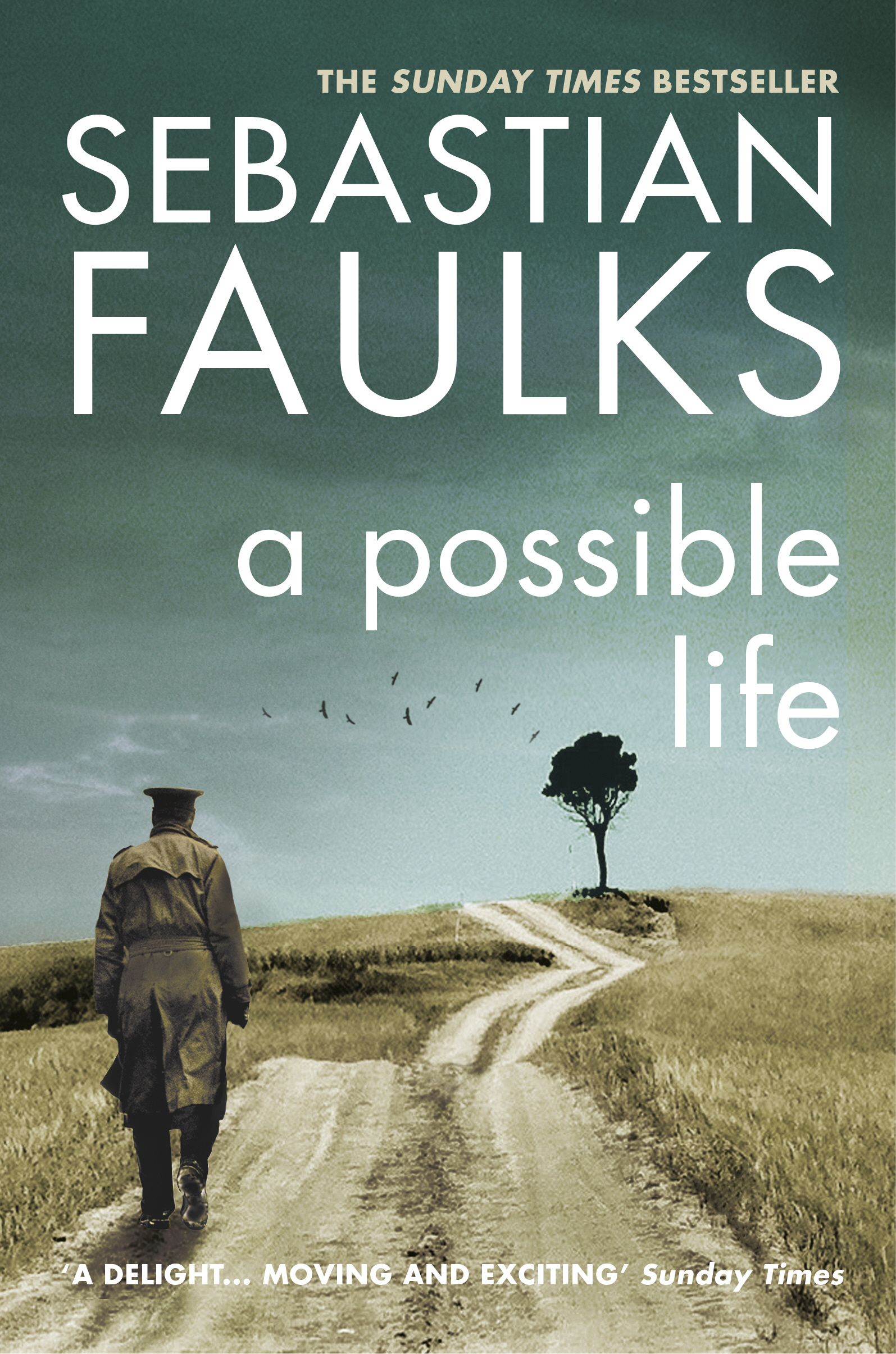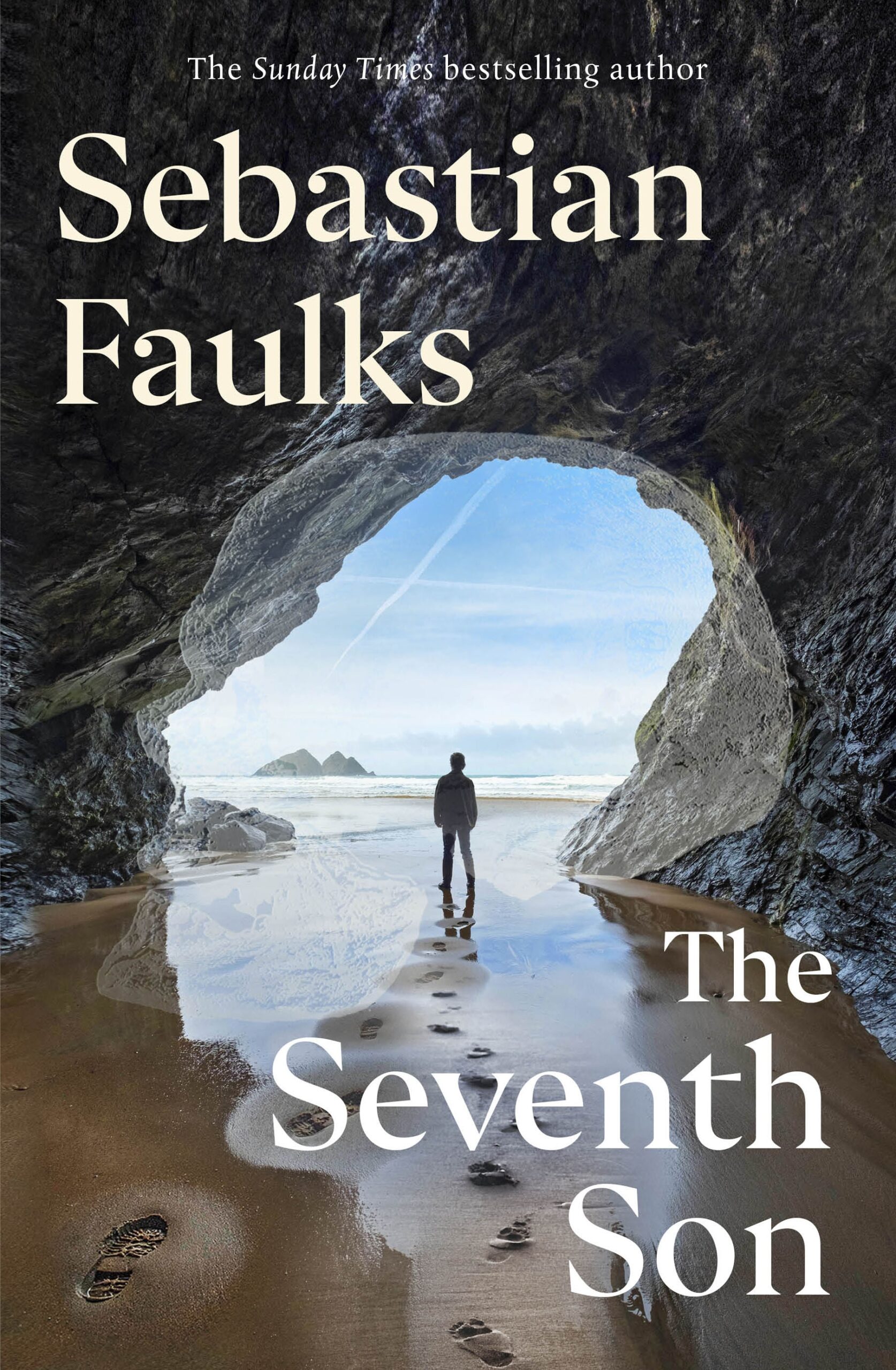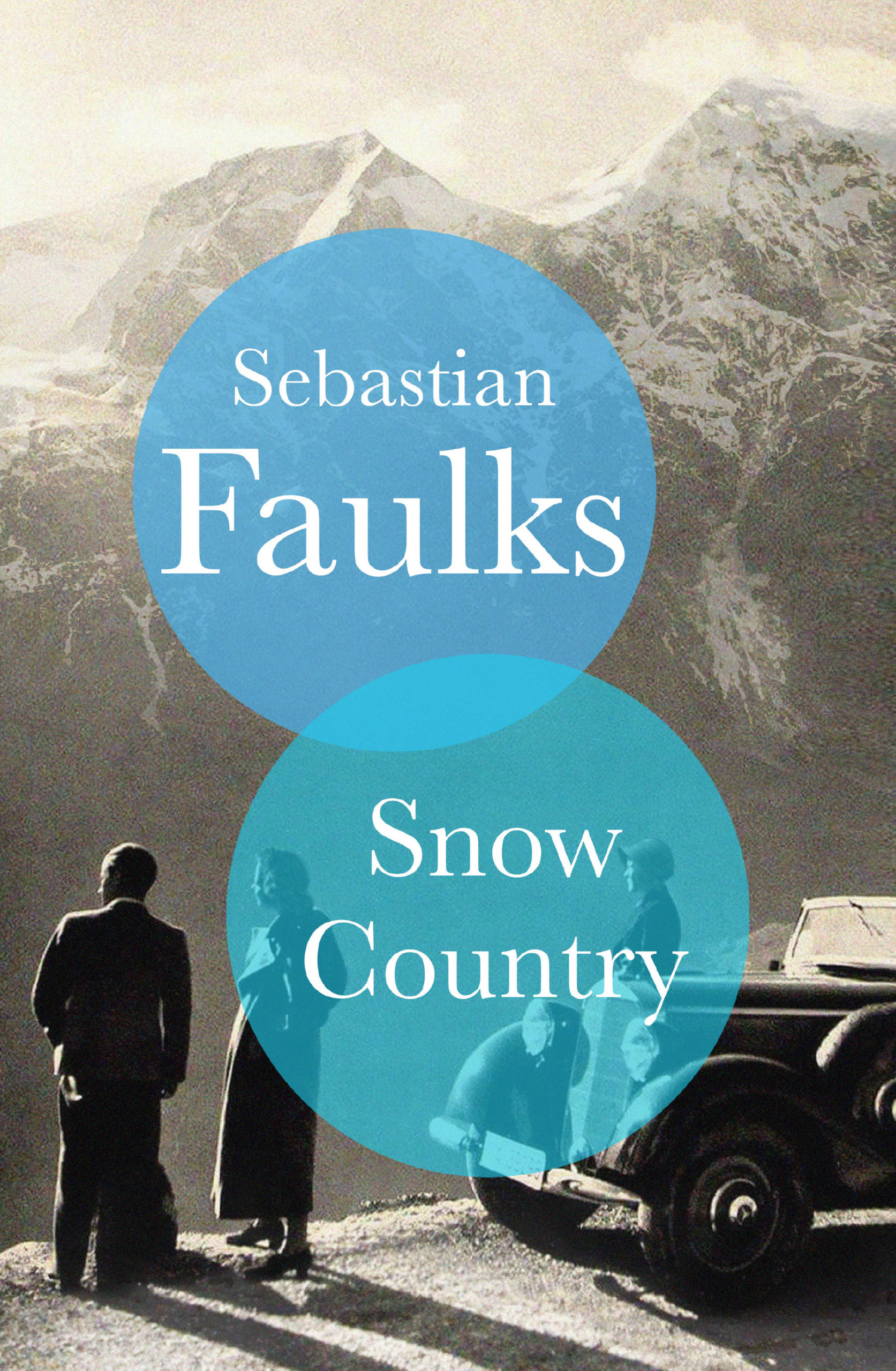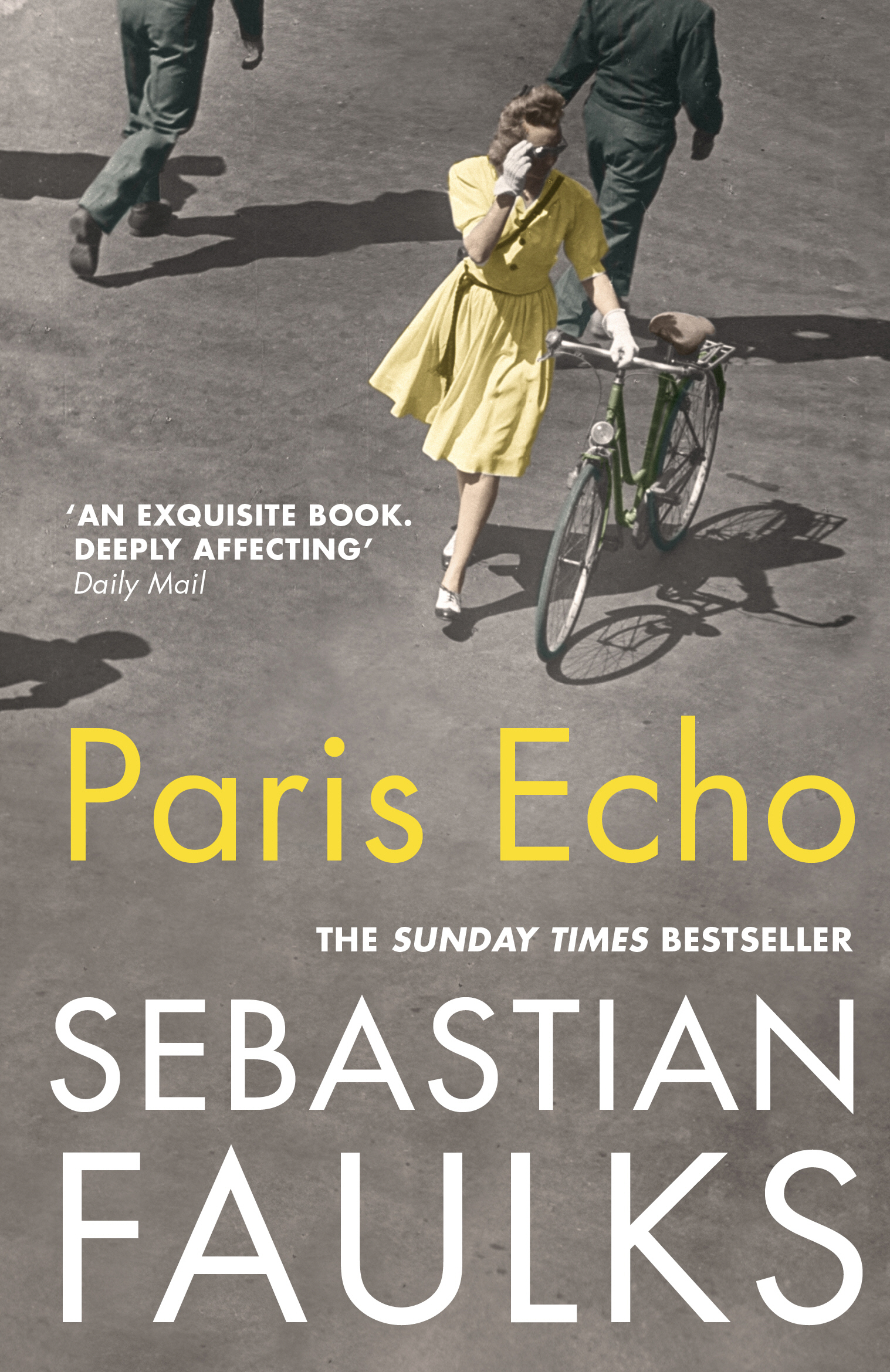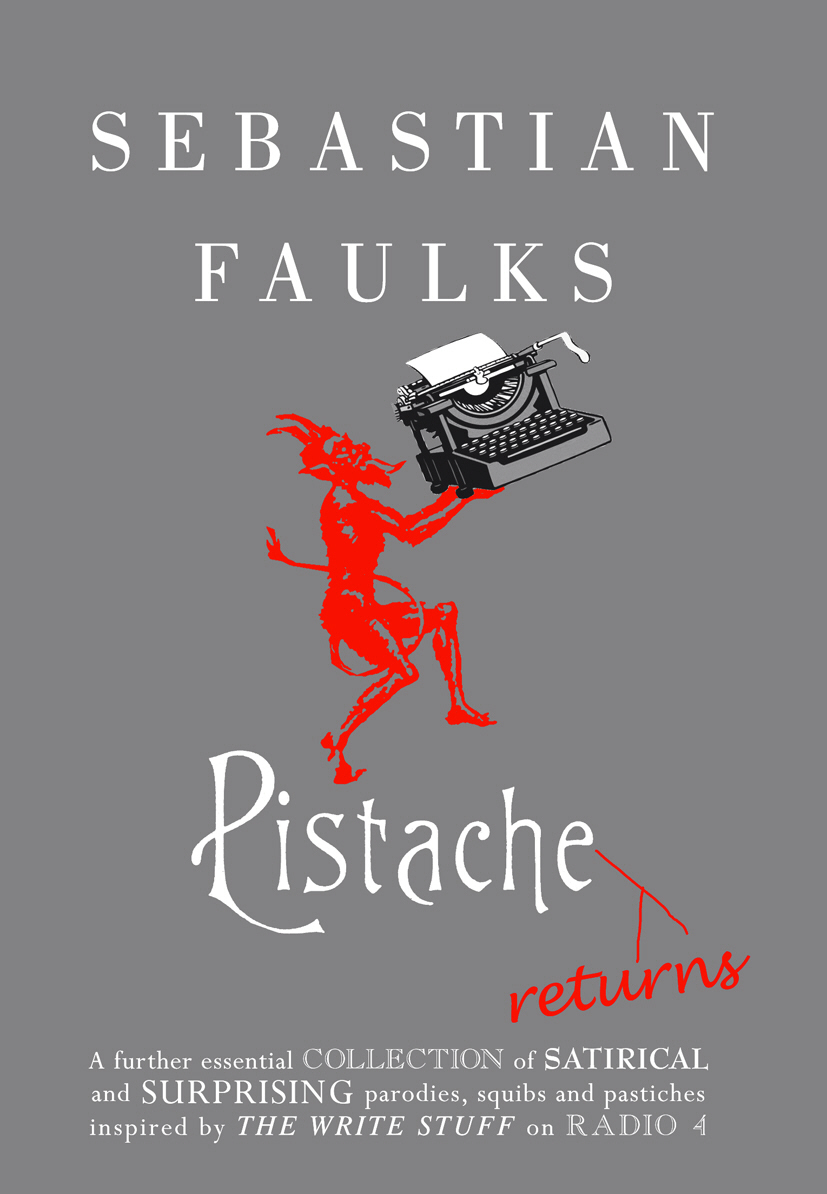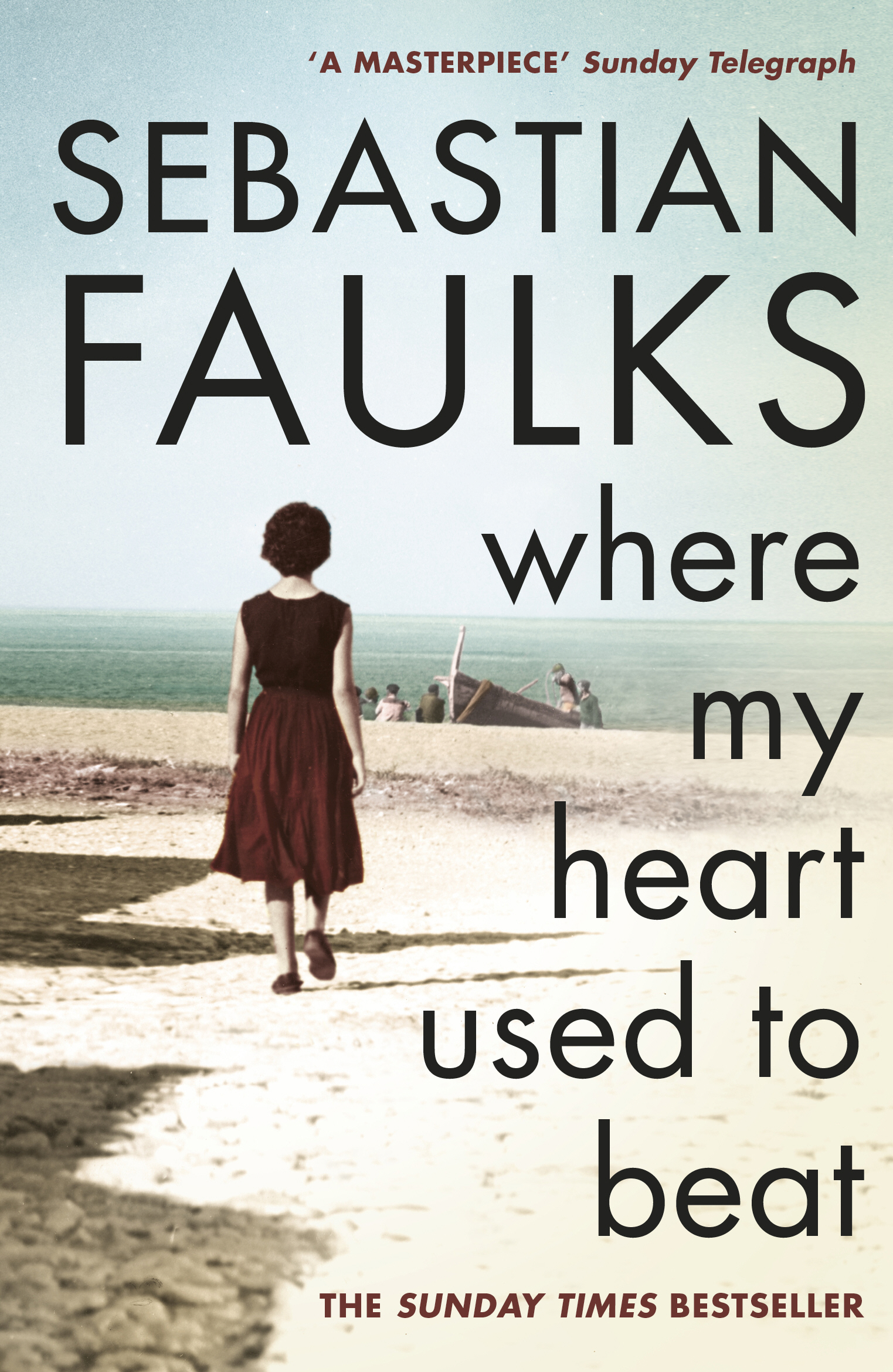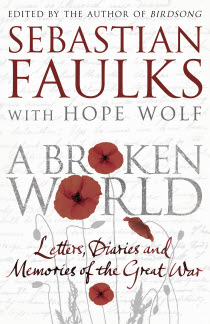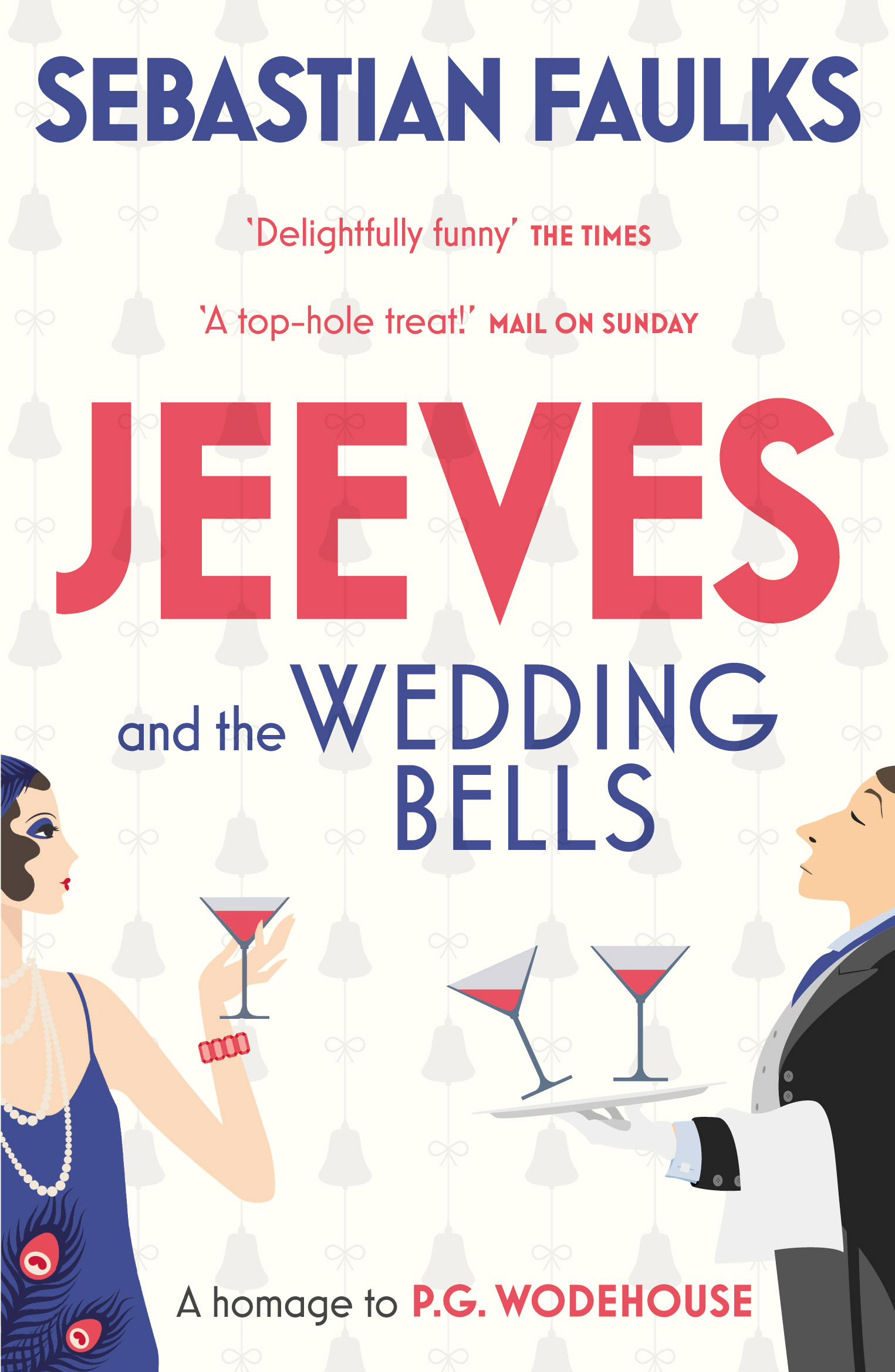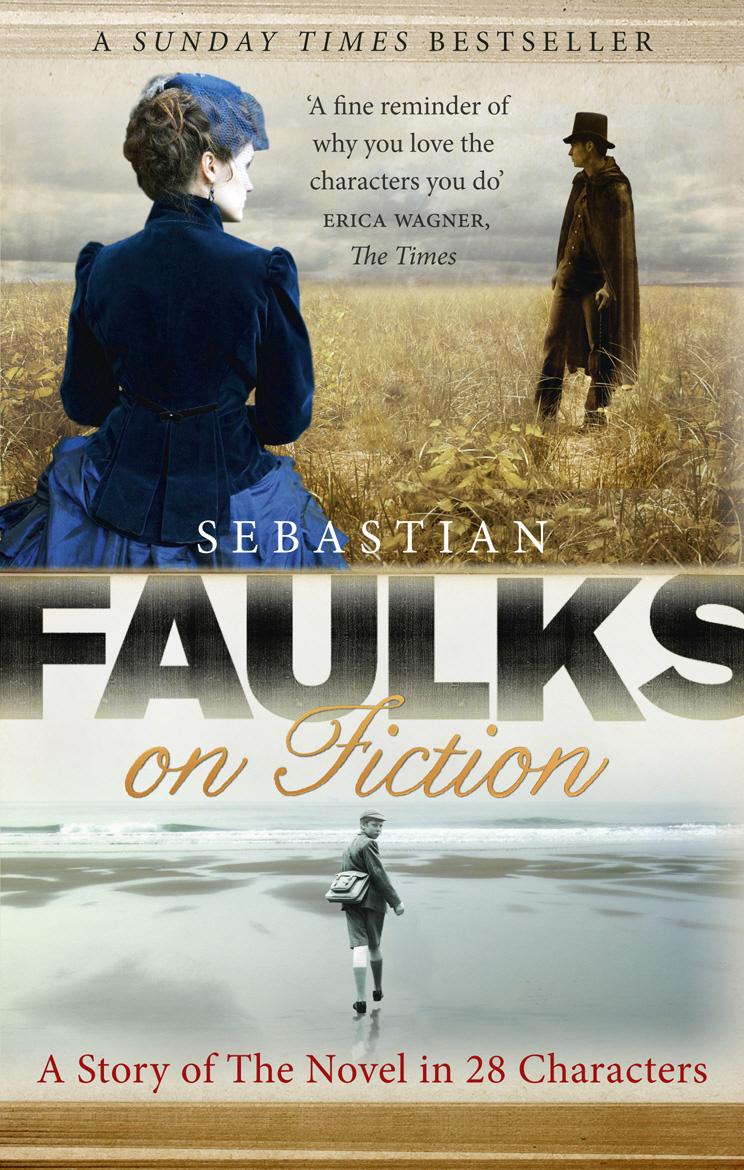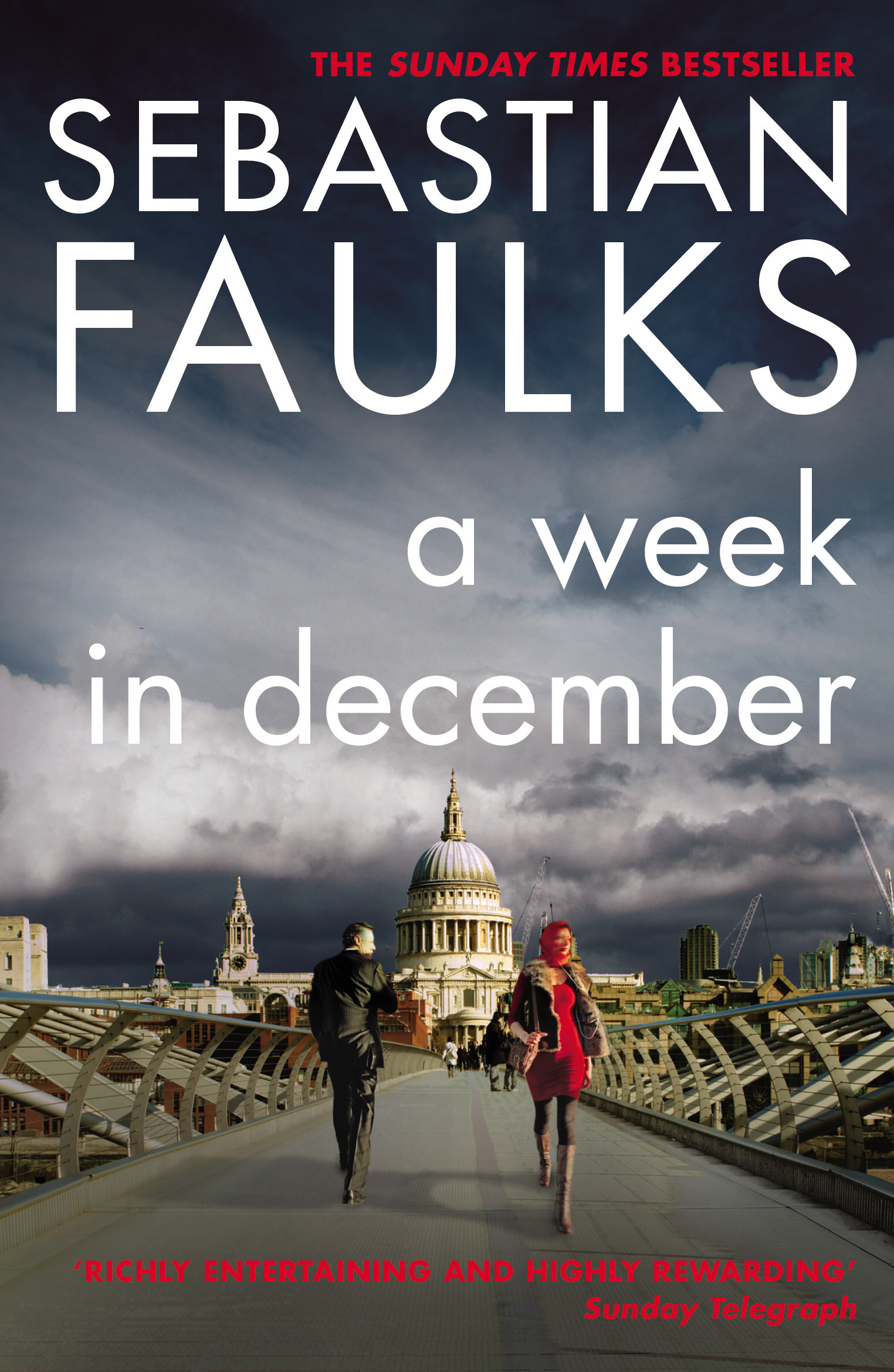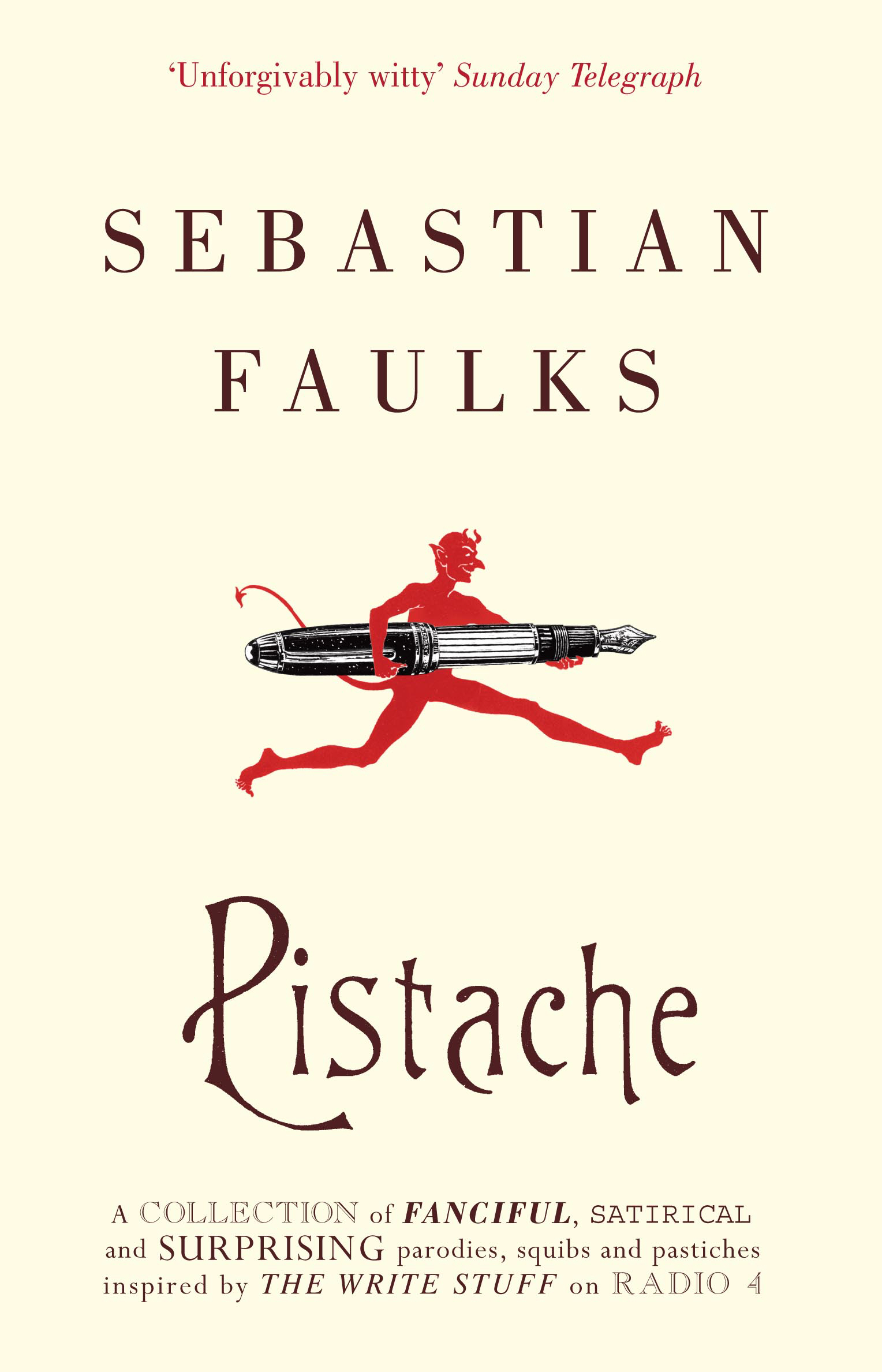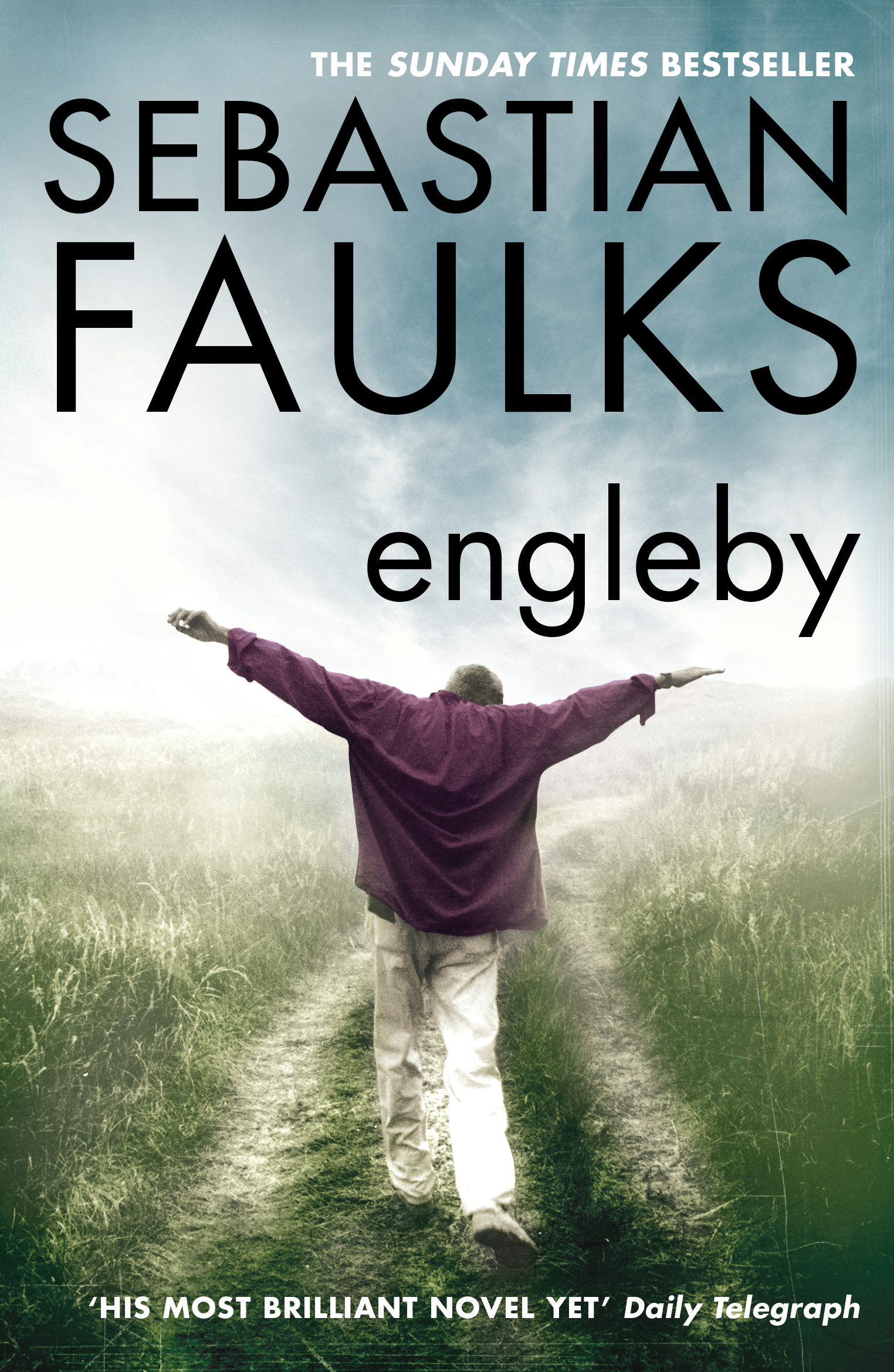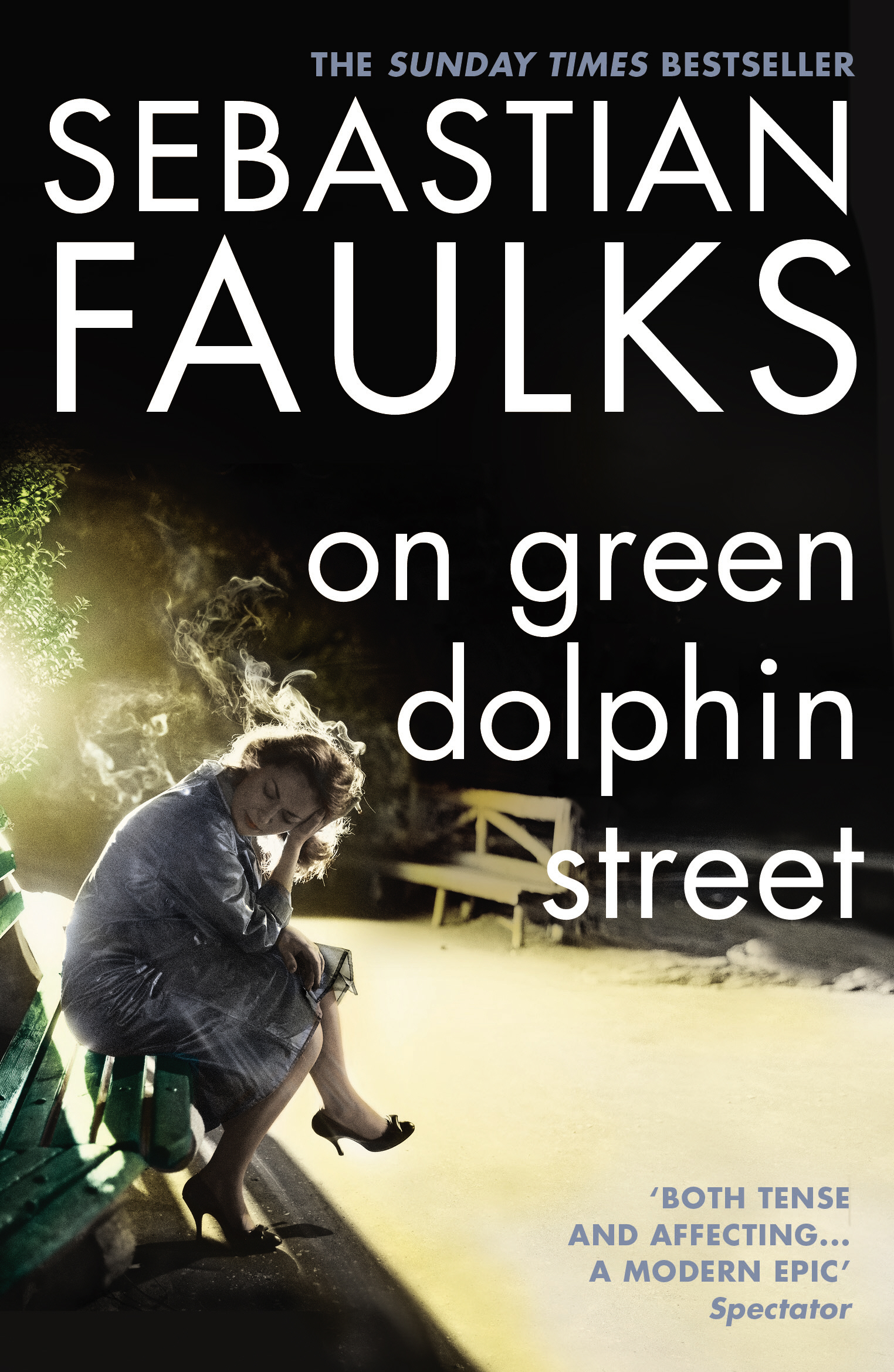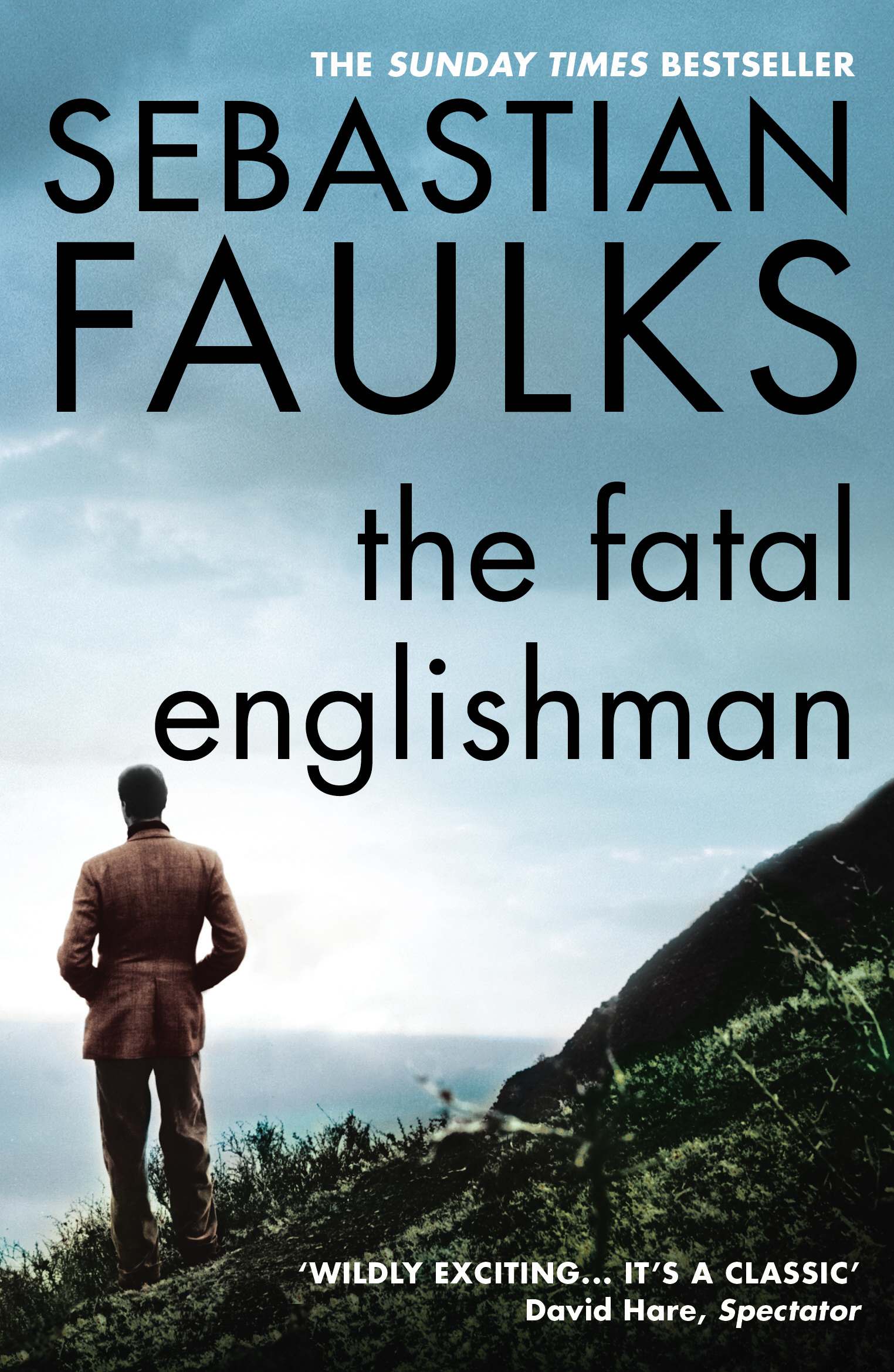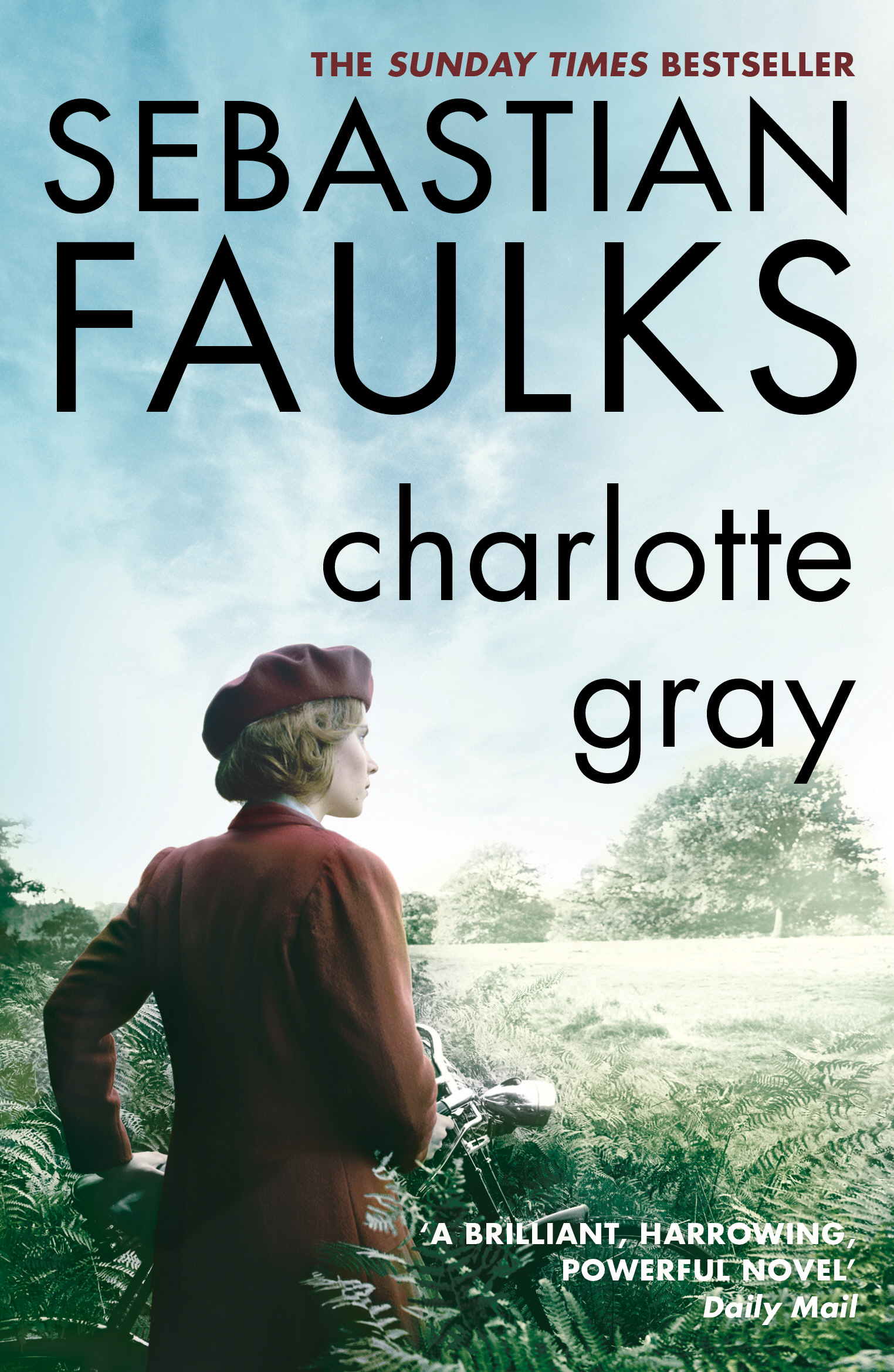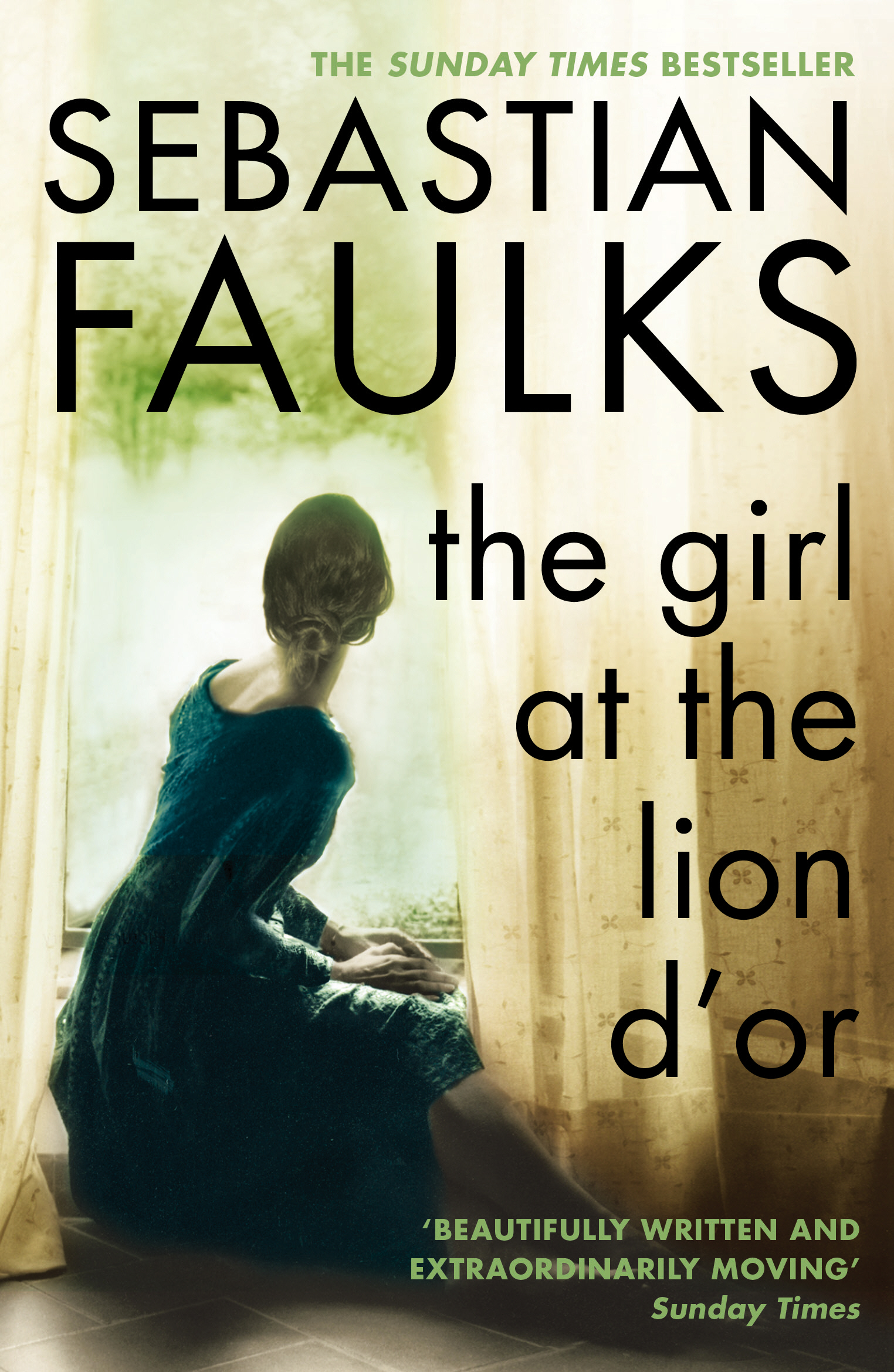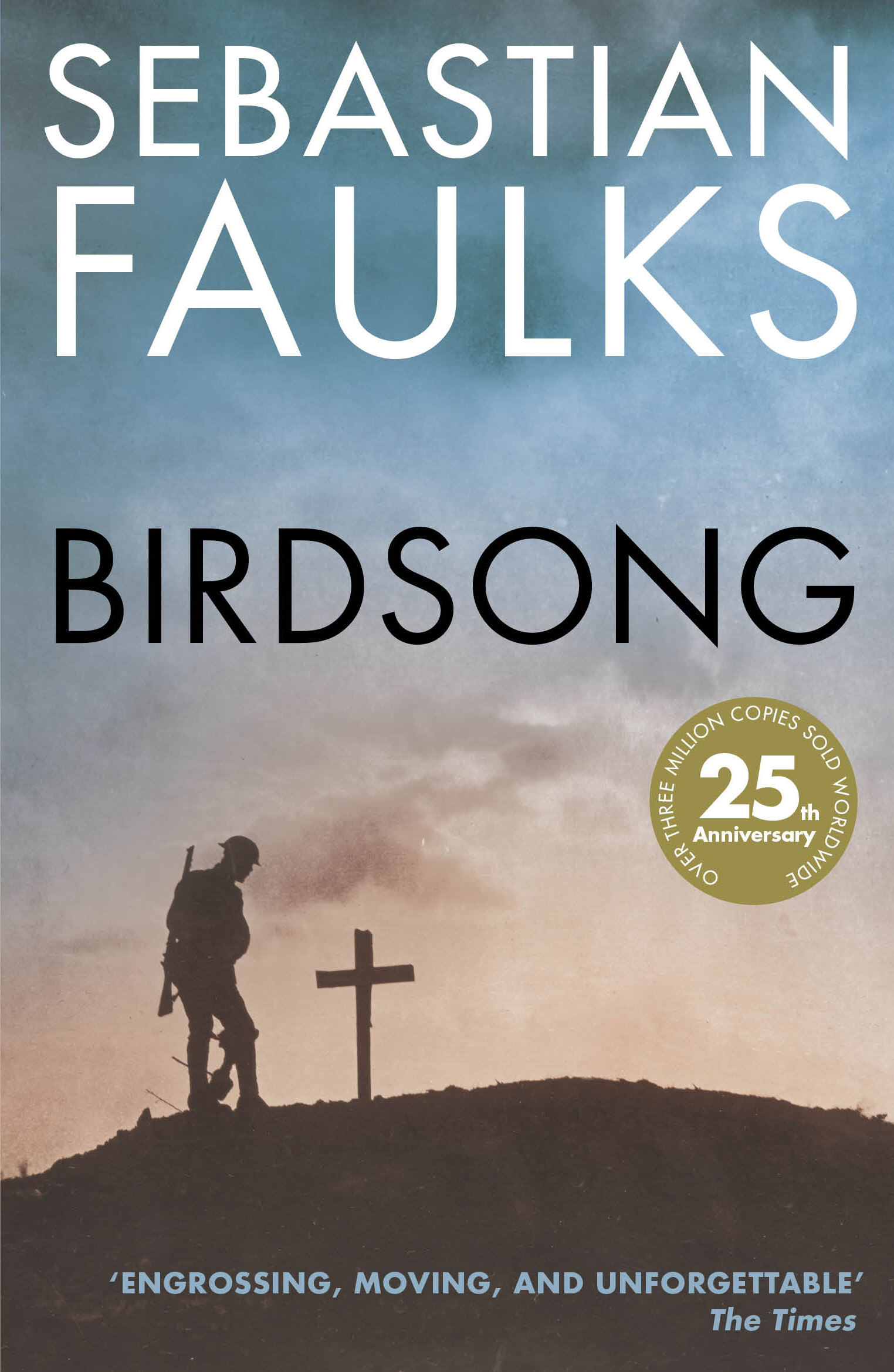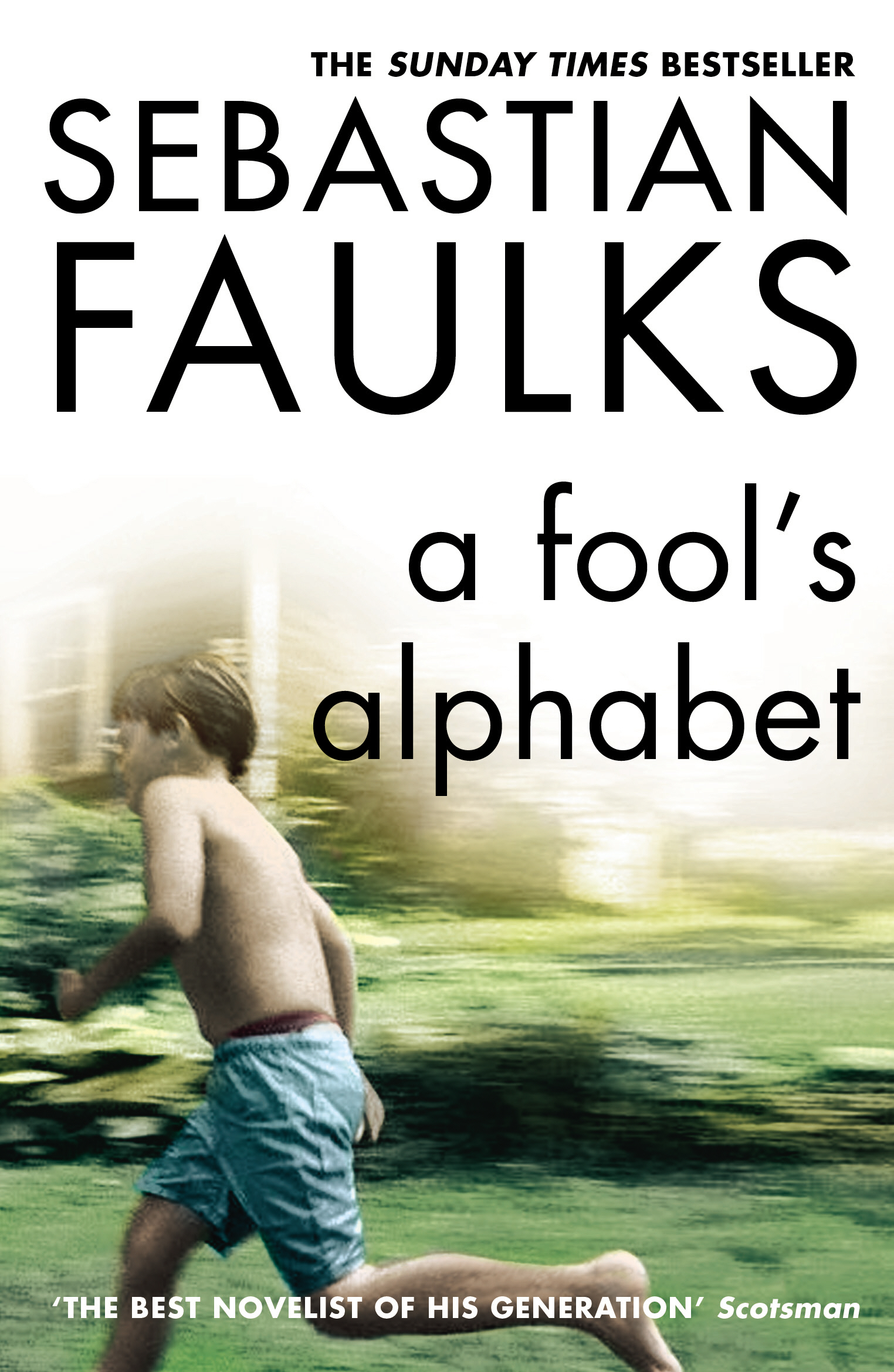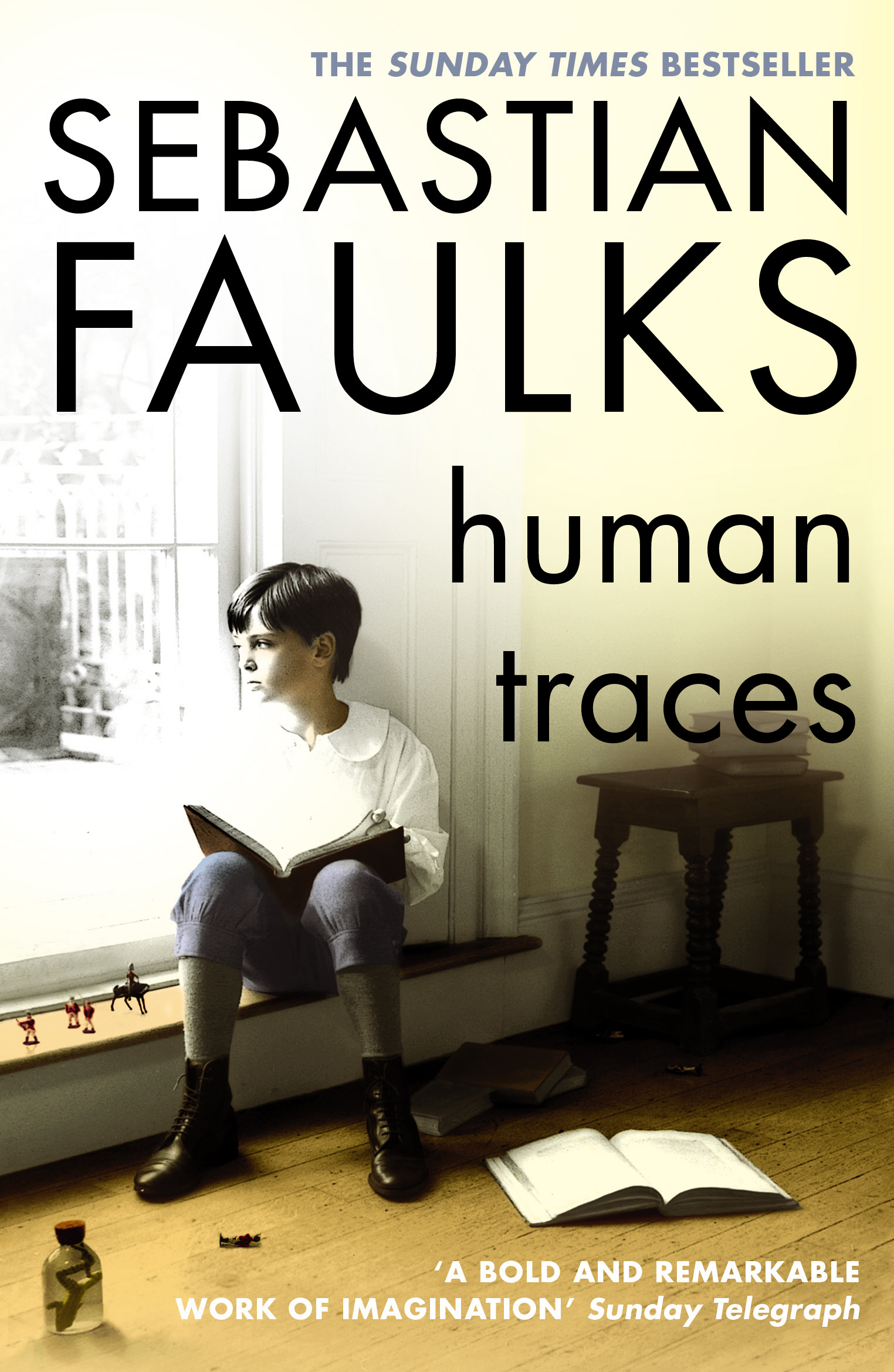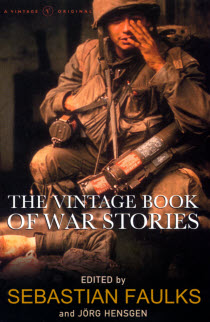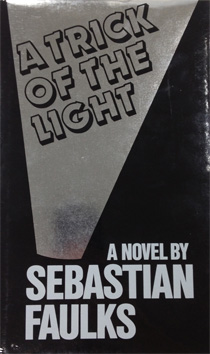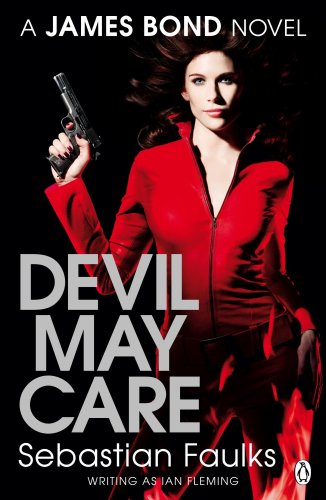The story of A Possible Life
Faulks wrote the following piece about the novel for the Mail on Sunday reading group at the time of publication.
Most people’s idea of a novel is that it tells a story. For a long time, I had been interested in the idea that a novel might tell more than one story – that it might show how different lives overlap across time.
This may sound a bit odd, or tricky, but I don’t think it need be. If you come back from a classical concert, you don’t tell your friend the next day, ‘I heard four different pieces of music with different instruments, melodies and orchestrations.’ You are more likely to say: ‘I went to So-and-So’s Third Symphony.’
I don’t think you have much trouble in thinking of ‘Sergeant Pepper’ or ‘Blonde on Blonde’ as an album. You may have a favourite track, but it’s clear such records were conceived as an entity. Producers spend a lot of time selecting the order, making sure the transition from one track to another is harmonious and that the whole thing makes a coherent emotional journey.
The reason I chose this musical pattern for A Possible Life is that it embodies the main theme of the book. Although the five sections of the novel are set in different places and cover about 250 years, they are connected. Some of the links are obvious. A plaster Madonna appears twice. The house in which a soldier is betrayed to the Germans is the same house in which a young French peasant woman makes a fateful choice more than a century before. A character who is a schoolboy in the first part returns as a grown-up lawyer in the last. There are other links that I leave you to discover for yourself.
The novel poses a number of questions. Who are we? Why are we so strange? Are we more than just bits of recycled matter that have hitch-hiked in our genes in the great obstacle race of evolution, as Richard Dawkins proposes? If we had made different choices at key moments in our lives, might we have been someone else? Do you remain the same person all your life, even when every original cell has been replaced?
If the scientists are right and the brain is composed simply of matter, then how come we have this sense of being a ‘self’? Is the central human quality – our superior consciousness – simply, as modern science believes, a delusion? And if so, in what cosmic joke are we the fall guys?
All these questions need a drama. The idea for the first section, about Geoffrey’s war, came to me from a remark I read in the diary of a British soldier who had ended up in Auschwitz. My way into the second part, concerning Billy in Victorian slum London, came from a true story told me by a friend of someone who had spent years in a hospital, presumed incurable, then suddenly recovered and expected to resume her old life. The third section, Elena’s story, looks at the scientific idea of what makes us so inexplicably different from other creatures – albeit in a slightly comic way.
The fourth part of the book examines these questions from the point of view of someone who believes in God and is therefore more at ease with not understanding the mysteries of life; Jeanne, the peasant, is less educated than Elena, the scientist, but in some ways wiser. The last part of the novel is, like the final movement of a symphony, meant to recapitulate what has gone before and bring it to a climax. More specifically, it looks at how Anya King, an American singer-songwriter draws on her own experiences in her songs – and how far she is prepared to view her own choices in life as providing material for her art.
None of the ideas behind the book will be of interest unless the characters and their dilemmas seem alive to the reader. To this end I tried to start each section at a pace that makes you quickly forget the loss of your previous companion-characters. Some people have read this novel as a sequence of loosely linked stories; the readers who have got most from the book, however, are those who have taken it in the way it was intended: as a novel.
In the USA, the novel, published by Henry Holt, used the names of the main characters as the titles of the five parts; in the UK it was felt that chapter titles would give a better sense of unity.
In London, the belief was that the last section, about the American singer Anya King, was the most powerful and brought the themes in the book to a proper conclusion. The Americans felt that the first part, concerning the English soldier Geoffrey, was the strongest and suggested changing the order to reflect their view, though in the end followed the British order.
Some readers struggled to understand how the book worked as a novel, seeing in it five different stories. ‘I knew in advance that some people would feel that,’ said Faulks, ‘but I didn’t want to hammer home the things that make it an entity. I wanted it to be more subtle. Having said which, I didn’t wholly disagree with a reviewer who thought the weight of the Anya section at the end slightly unbalanced what had gone before. It’s one of my favourites of my own books, but I think it’s one people will always have different views about.’
Faulks worked briefly with singer-songwriter Lisa Hannigan and playwright Rachel Wagstaff with a view to creating a stage version of the last part of the book. ‘In the end, the difficulties overwhelmed us. In 2018 I saw “Girl From the North Country”, which I thought was wonderful, but it made me see how much work is necessary to make such a project come to life. But somewhere there are full lyrics that I wrote for Anya’s songs, and some recordings of Lisa singing them. Perhaps we should make a miniature CD, or at least provide a link with future paperbacks.’
